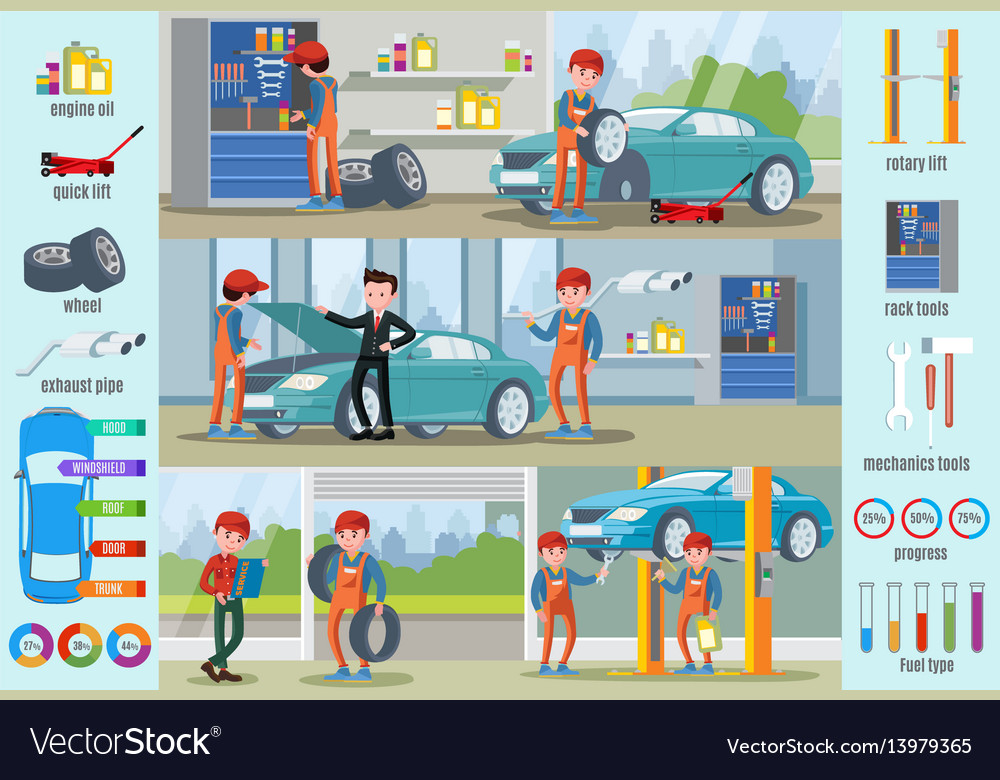Deciphering Your Car'S Caution Indicators: What They Genuinely Symbolize
Deciphering Your Car'S Caution Indicators: What They Genuinely Symbolize
Blog Article
Uploaded By-Boye Stark
When you lag the wheel, those beautiful caution lights on your dashboard can be a bit difficult. Do detailing car interior understand what they're trying to inform you regarding your auto's health and wellness? Understanding the significance of these lights is important for your safety and security and the long life of your lorry. So, the next time one of those lights pops up, would not you wish to analyze its message precisely and take the required actions to resolve it?
Common Caution Lighting and Interpretations
Identify usual warning lights in your car and comprehend their significances to guarantee safe driving.
One of the most regular warning lights consist of the check engine light, which signifies problems with the engine or emissions system. If this light begins, it's crucial to have your car checked immediately.
The oil pressure cautioning light indicates low oil pressure, calling for prompt attention to avoid engine damage.
A flashing battery light could recommend a malfunctioning billing system, potentially leaving you stranded if not attended to.
The tire stress monitoring system (TPMS) light alerts you to reduced tire pressure, influencing lorry stability and gas efficiency. Ignoring this might result in hazardous driving problems.
The abdominal light shows a trouble with the anti-lock braking system, compromising your ability to stop rapidly in emergencies.
Lastly, https://jaredlgbwq.weblogco.com/30343832/ten-secret-suggestions-for-picking-one-of-the-most-reputable-car-repair-shop-in-your-vicinity advising light warns of engine overheating, which can lead to extreme damages if not fixed promptly.
Understanding carshampoonz will help you deal with issues without delay and keep secure driving problems.
Importance of Prompt Attention
Understanding the typical warning lights in your car is just the very first step; the importance of promptly attending to these warnings can't be stressed enough to ensure your safety and security when driving.
When a warning light illuminates on your control panel, it's your automobile's means of communicating a possible concern that requires interest. Ignoring these warnings can cause extra severe problems down the road, endangering your security and potentially costing you extra in repairs.
Prompt focus to cautioning lights can stop break downs and mishaps. For example, a blinking check engine light might indicate a misfire that, if left neglected, might trigger damage to the catalytic converter. Addressing this promptly can conserve you from a costly repair.
Likewise, a brake system cautioning light might indicate reduced brake fluid or used brake pads, critical parts for your safety and security when driving.
DIY Troubleshooting Tips
If you notice a caution light on your control panel, there are a couple of do it yourself troubleshooting ideas you can try before looking for expert aid.
The very first step is to consult your cars and truck's handbook to understand what the particular warning light suggests. In some cases the concern can be as straightforward as a loose gas cap setting off the check engine light. Tightening up the gas cap may deal with the problem.
Another usual issue is a low battery, which can trigger different alerting lights. Inspecting the battery links for deterioration and ensuring they're secure might deal with the problem.
If a caution light persists, you can attempt resetting it by separating the car's battery for a few minutes and then reconnecting it. In addition, inspecting your automobile's liquid levels, such as oil, coolant, and brake fluid, can help repair alerting lights related to these systems.
Conclusion
In conclusion, recognizing your automobile's caution lights is necessary for maintaining your vehicle running smoothly and securely. By without delay addressing these notifies and knowing what they suggest, you can prevent expensive repair work and potential breakdowns.
Bear in mind to consult your automobile's handbook for certain details on each alerting light and take action appropriately to make sure a trouble-free driving experience.
Keep educated, remain risk-free when traveling!
